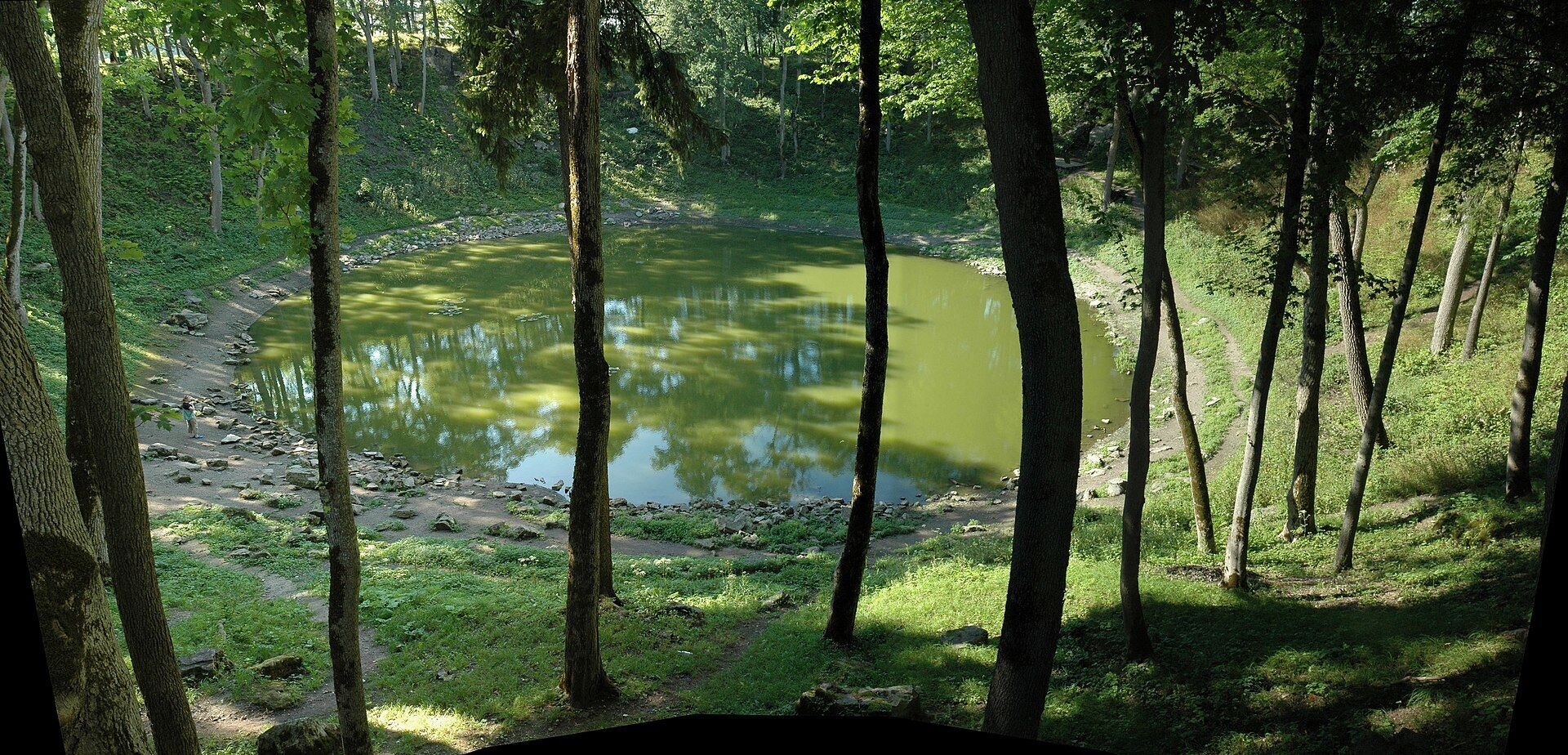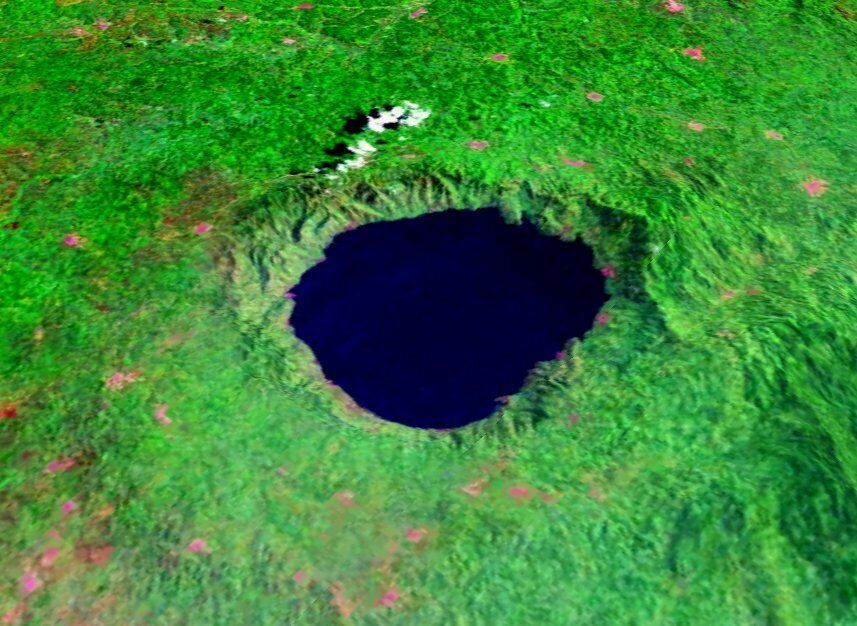Stories beneath your feet: mysterious lakes created by meteorites

Meteorite impacts often give rise to unique lakes, creating stunning landscapes across the globe.
These lakes possess a distinct allure owing to their celestial origins. An article from The TimesOfIndia introduces us to five natural lakes formed by cosmic occurrences.
One such marvel is Lake Lonar in Maharashtra, India. Approximately 52,000 years ago, a meteorite struck this region, forming a crater that eventually filled with water. It stands out as a singular example, boasting a crater with a diameter of around 1.8 kilometers. The water within Lake Lonar exhibits an unusual chemical composition, fostering unique biological activity that draws the interest of scientists and tourists worldwide. Surrounding greenery further enhances its appeal among travelers.

The Kaali Crater Lakes in Estonia are an astounding phenomenon formed approximately 4.8 thousand years ago by a meteorite impact.
This remarkable crater boasts a diameter of about 110 meters and is surrounded by smaller lakes. The area captivates scientists and nature enthusiasts alike, serving as a living museum preserving traces of Earth's cosmic history.
The Clearwater Lakes, located in Quebec, were created around 290 million years ago following a colossal meteorite impact. Their distinctive shape and natural characteristics render them valuable subjects of study for scientists and alluring tourist destinations. Moreover, they serve as significant archaeological research sites, offering insights into Earth's geological past.

Lake Bosumtwi in Ghana was formed approximately 1.07 million years ago due to a meteorite impact. It stands as one of the few locations on Earth where a meteorite crater of this magnitude, with a diameter of about 10.5 kilometers, is visible. Moreover, it holds the distinction of being the sole natural lake in the country considered sacred by local inhabitants.
The Tswaing Crater Lake in South Africa resulted from a meteorite impact around 220 million years ago. This distinctive crater, boasting a diameter of approximately 2 kilometers, ranks among the youngest known crater lakes on Earth. In the Tswana language, "Tswaing" translates to "place of salt". Drawing the attention of scientists and curious explorers alike, this crater lake serves as a captivating natural marvel.
Lakes created by meteorite impacts are a living testament to the interaction between the Earth and space. Let's also take responsibility for their preservation and protection so that future generations can enjoy and study them.



















